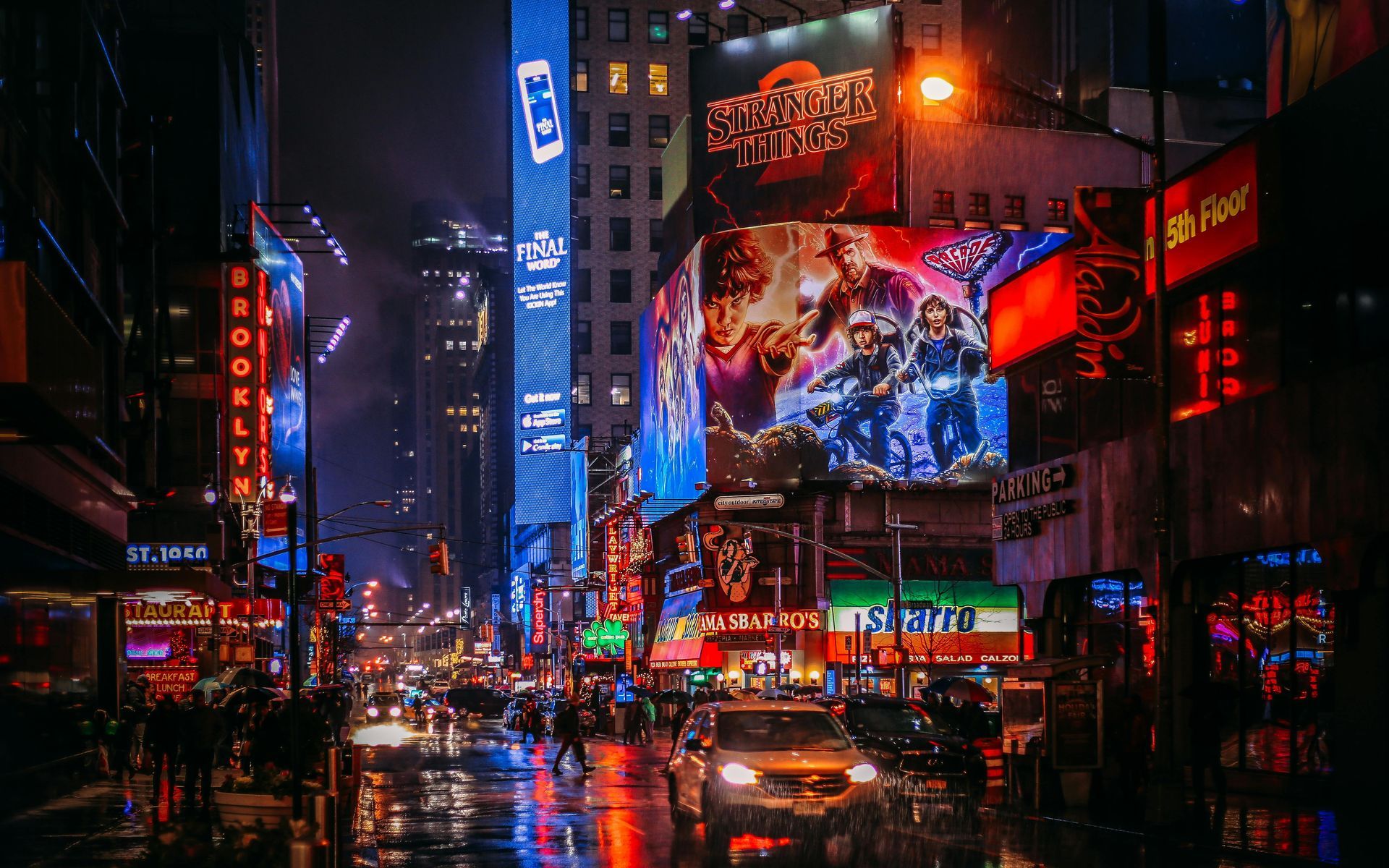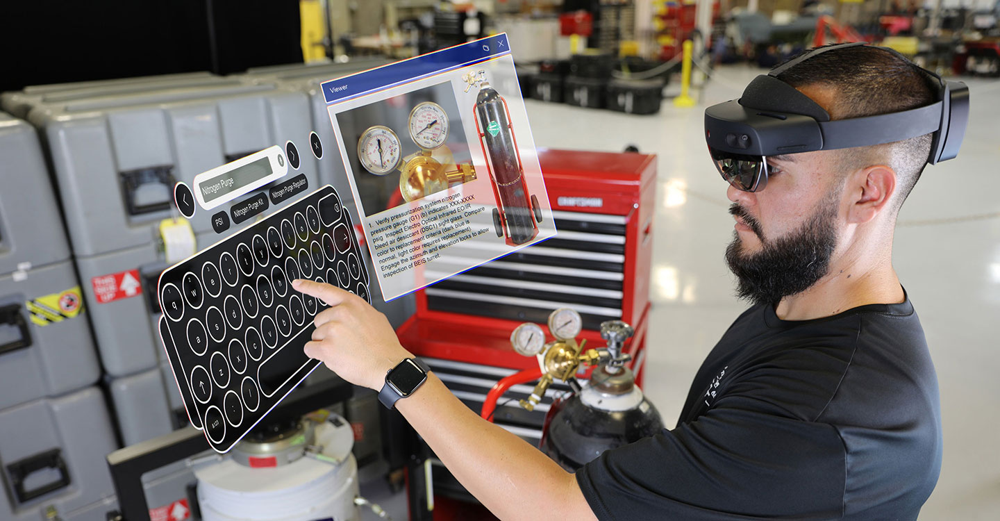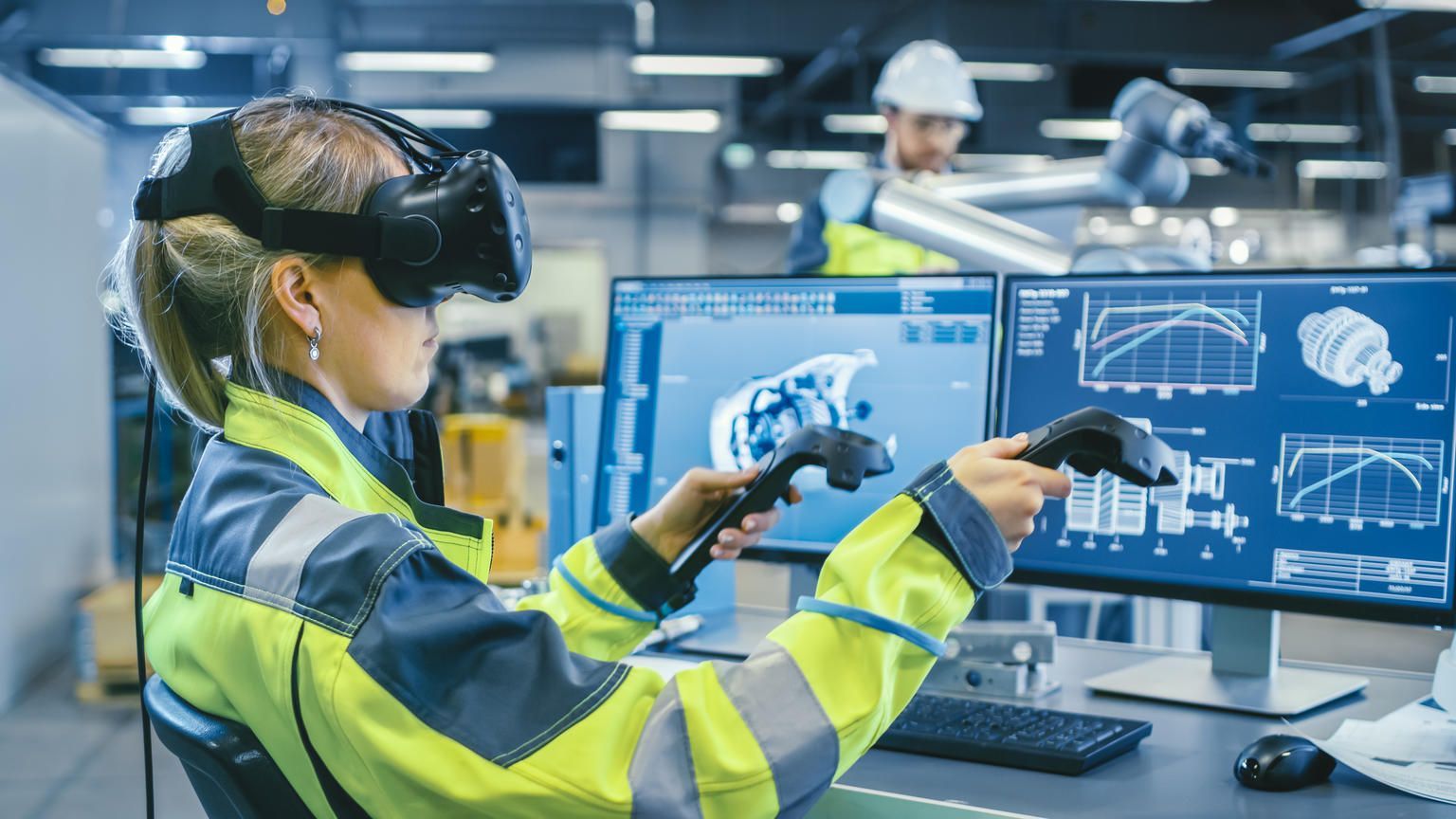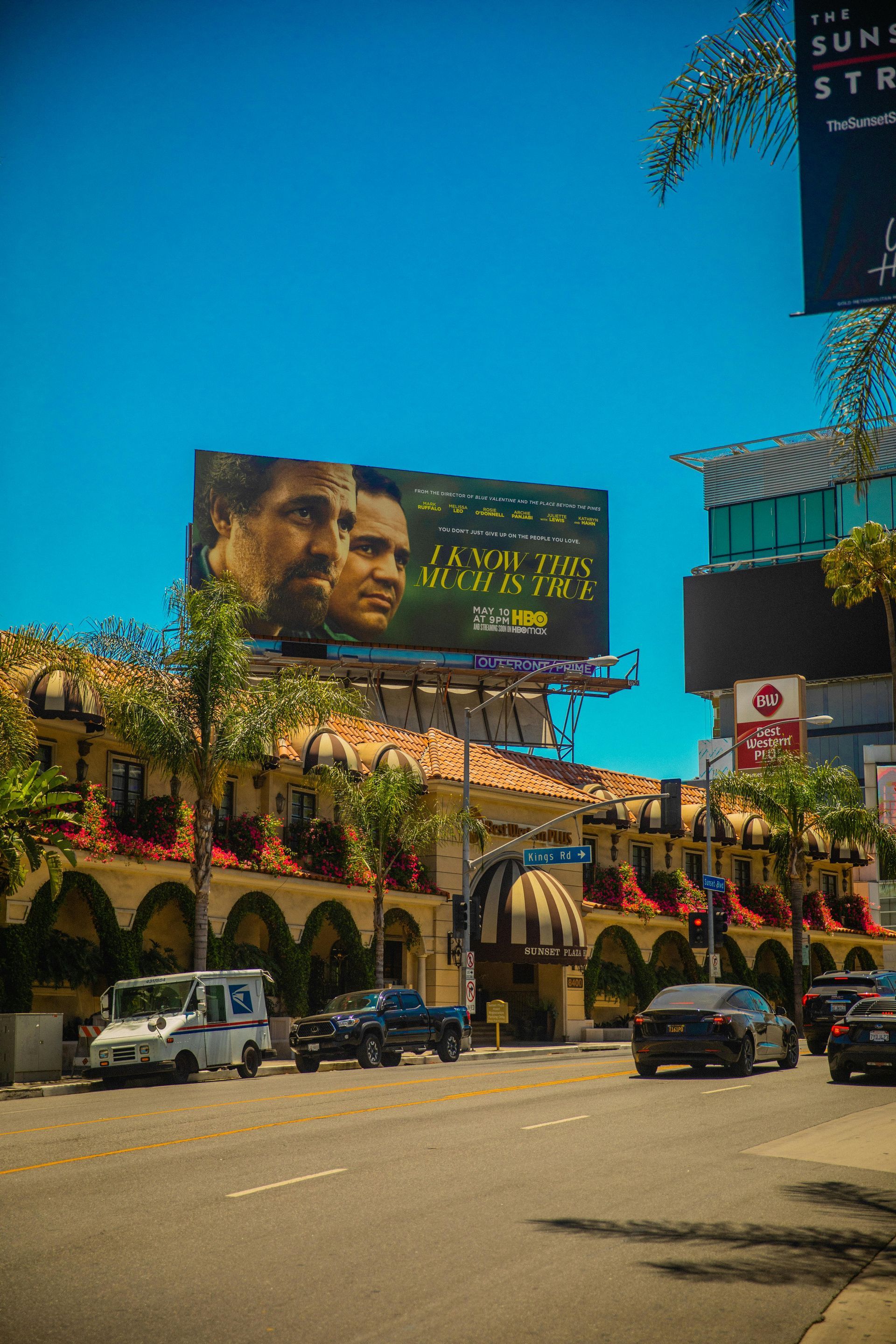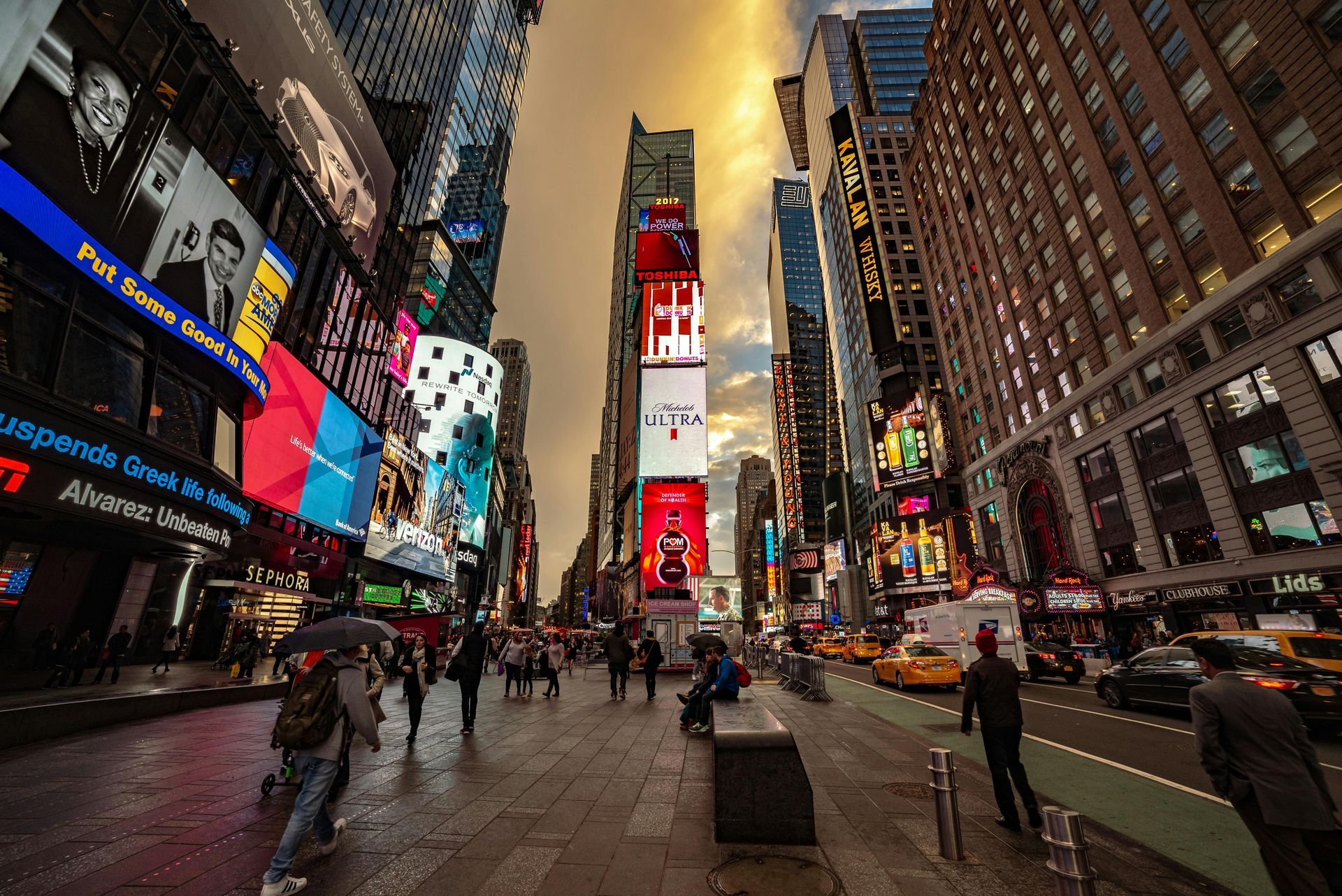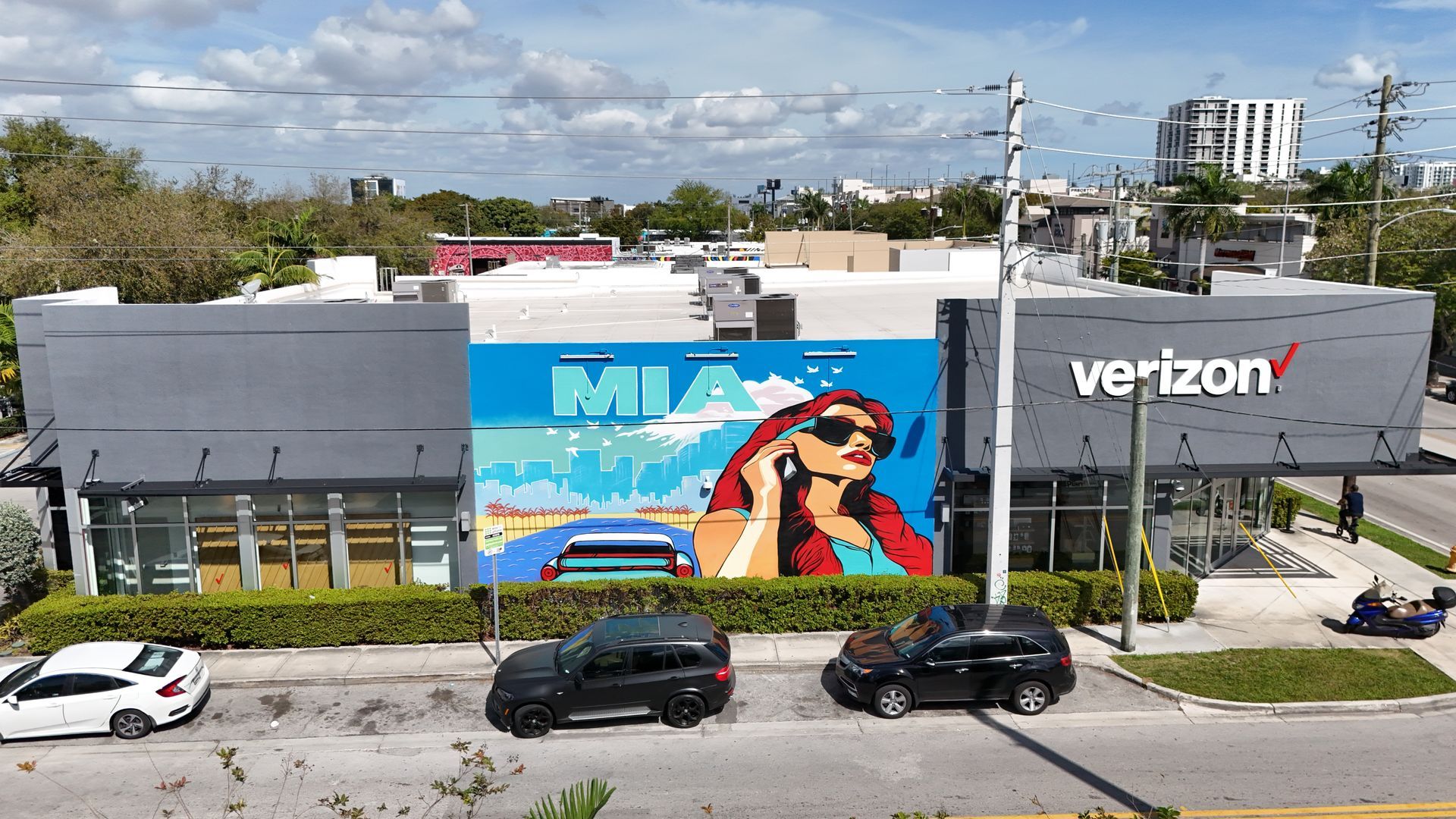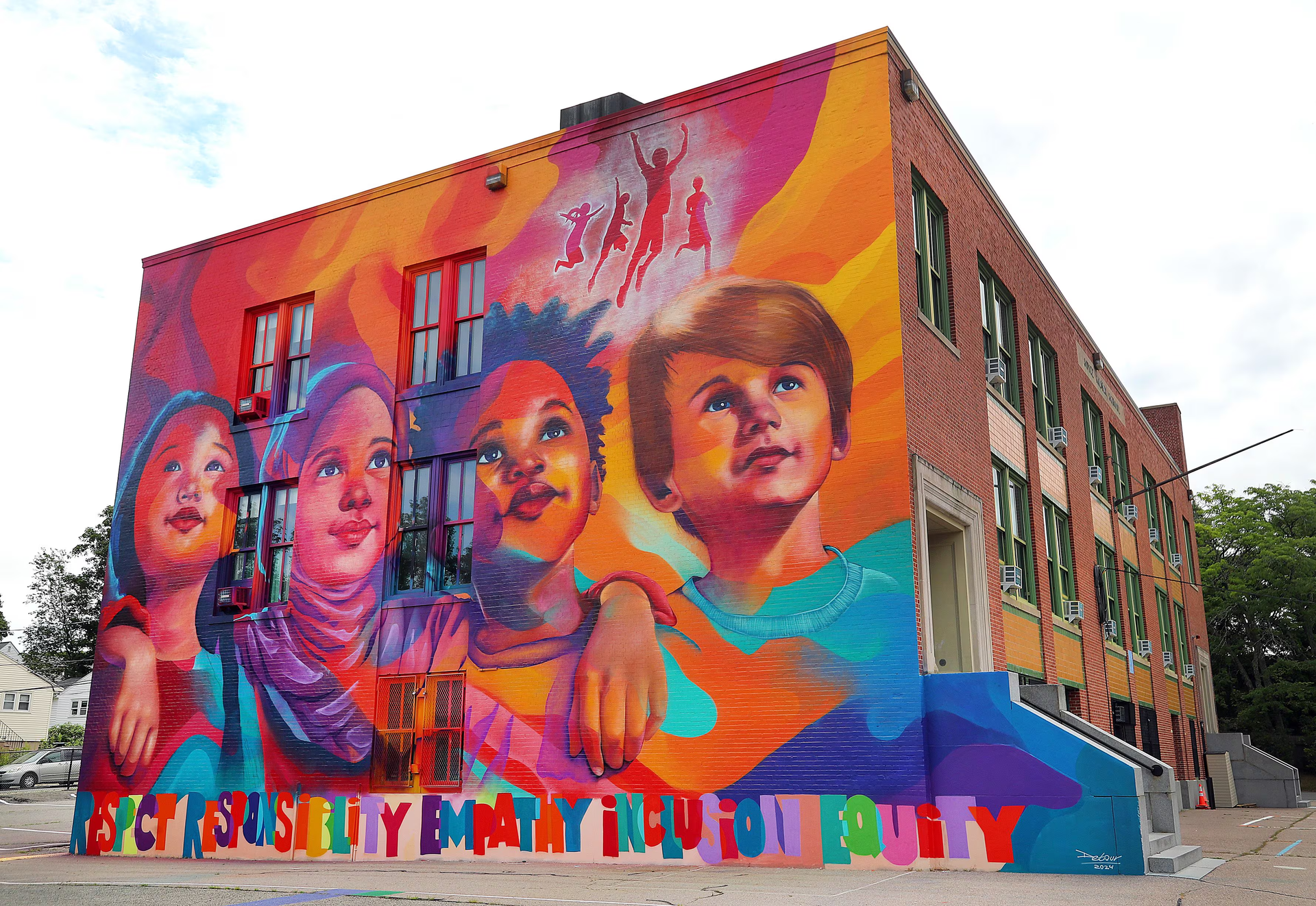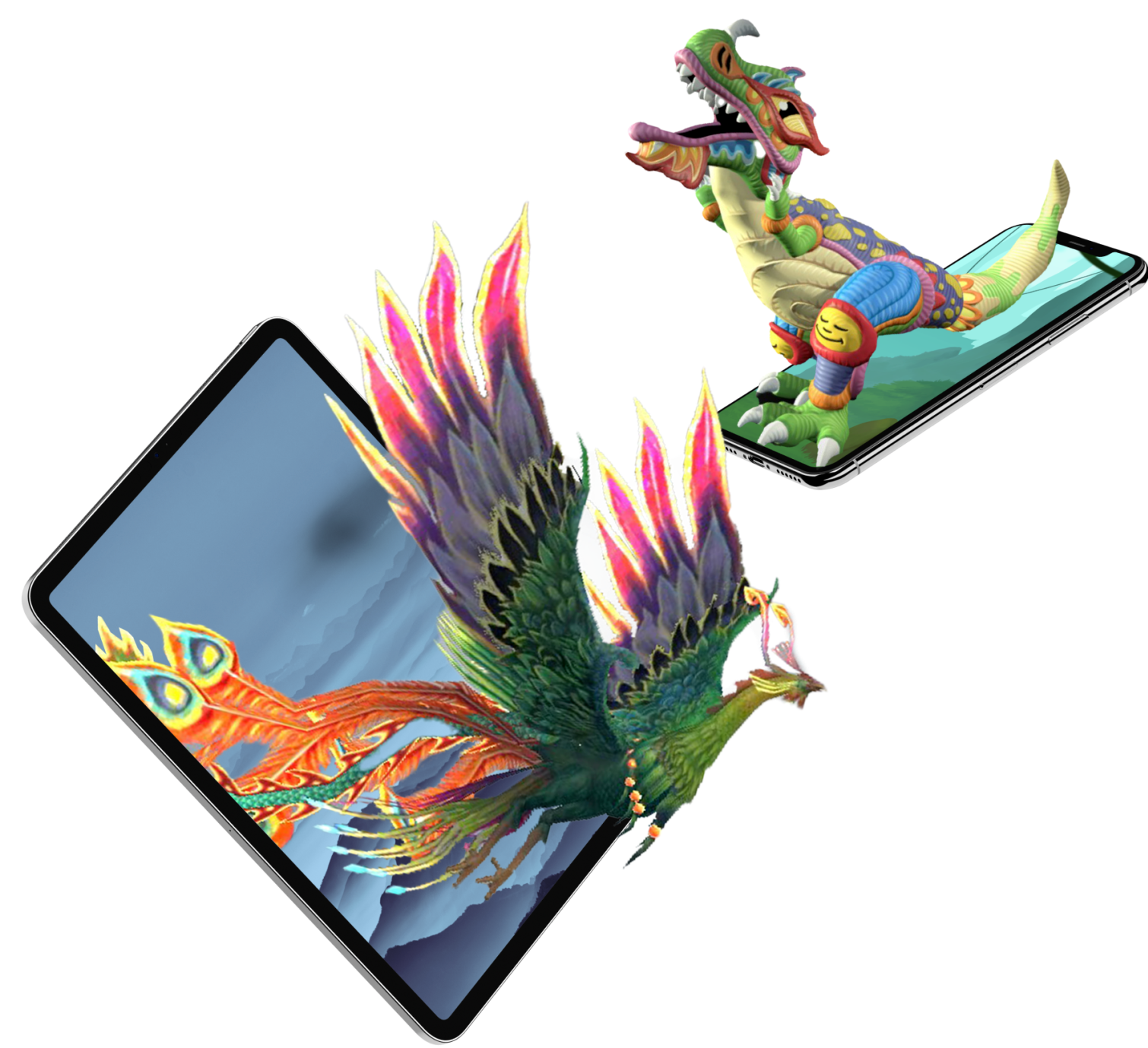Augmented Reality for Events: Transforming the Attendee Experience with Immersive Technology
Augmented Reality (AR) has evolved into a powerful, accessible tool that is reshaping how we interact with brands, products, and experiences—especially in live events. From trade shows and music festivals to product launches and corporate conferences, AR technology is increasingly utilized to captivate audiences, elevate brand messaging, and create unforgettable moments.
This article delves into how Augmented Reality is transforming event experiences, focusing on two popular and creative applications: Augmented Reality Murals and Augmented Reality Mirrors. Read on to learn how AR can be a dynamic, cost-effective, and highly engaging solution for event organizers and marketers aiming to stand out in a crowded market.
1. The Power of AR in Event Experiences
Events are about creating memorable moments. Whether your goal is to drive brand awareness, strengthen customer loyalty, or amplify engagement, the power of a captivating event experience cannot be underestimated. Augmented Reality allows event organizers to seamlessly merge the physical and digital worlds—heightening interactivity and driving deeper emotional connections with attendees.
Bridging Physical and Digital Worlds
AR overlays digital information—such as images, video, or 3D graphics—onto real-world surroundings. By doing this, AR:
- Enhances Visual Storytelling: With interactive 3D images or animations, you can tell a more compelling story than traditional static visuals.
- Facilitates Immersive Learning: Attendees can explore exhibits, product demos, and branded experiences that pop up in their real-life environment, leading to better retention and comprehension.
- Encourages Interaction and Play: AR typically invites user participation. Whether scanning a code or stepping into an AR environment, participants become active co-creators, not just passive observers.
Emotional Engagement
People remember experiences that evoke emotions. AR fosters excitement, curiosity, and a sense of wonder by blending digital magic with the tangible real world. This heightened emotional engagement often leads to positive word-of-mouth, social media sharing, and a lasting brand impression.
Coupled with modern social media culture—where unique, shareable content reigns supreme—AR-powered moments can quickly go viral. This amplifies an event’s reach far beyond physical attendees, giving brands and organizers a strong return on their investment.
2. Key AR Technologies for Events
Before diving into the specific examples of augmented reality murals and mirrors, it’s essential to understand the AR solutions commonly used in events. Each has unique advantages that cater to different budgets and event objectives.
2.1 Marker-Based AR
Often recognized through QR codes or specialized image markers, this form of AR relies on scanning a visual marker with a smartphone or tablet. Once scanned, digital overlays appear on the user’s device screen. This technology is cost-effective, relatively straightforward to implement, and works seamlessly in well-lit environments.
Use Case Example: Distributing AR-enabled brochures or posters at a trade show so attendees can scan and view 3D product demos on their phones.
2.2 Markerless AR (Location-Based)
Location-based AR doesn’t require a specific image or marker. Instead, it uses GPS, digital compasses, or other location sensors to place digital overlays in a real-world geographical setting. This is especially popular for city-wide events, scavenger hunts, or outdoor festivals.
Use Case Example: Event organizers can create a city-wide AR scavenger hunt, leading participants to different cultural spots while unveiling digital clues and animations.
2.3 Projection-Based AR
Projection-based AR uses specialized projectors to display images or animations directly onto surfaces like walls or floors, often scanning and adapting to irregular shapes and spaces. This can transform entire buildings into interactive canvases, making them come alive with moving visuals that respond to user input or real-time data.
Use Case Example: Projection mapping at a music festival stage that changes with the beat of the music, immersing the audience in a synchronized visual spectacle.
2.4 Wearable AR (Smart Glasses)
While still developing and not yet as universally adopted for events, AR headsets or glasses like Microsoft HoloLens or Magic Leap can offer hands-free, immersive experiences. They can be incredibly powerful for smaller-scale, high-end events or specialized training sessions where full immersion and interactive 3D holograms are key.
Use Case Example: Training workshops at an industry conference where participants can interact with 3D models via an AR headset, learning by doing in a virtual-physical hybrid environment.
3. Augmented Reality Murals
One of the most imaginative applications of AR for events is the use of Augmented Reality Murals. These large-scale artworks fuse creativity, technology, and narrative to captivate attendees. AR murals can be installed indoors or outdoors, making them an excellent choice for festivals, conferences, expos, or brand activations.
3.1 What Are Augmented Reality Murals?
An AR mural is typically a physical painting, graphic illustration, or design created on a sizable surface (e.g., wall, floor, or building façade). When viewed through a smartphone or tablet app, the mural “comes to life” with digital overlays: animations, videos, interactive elements, or mini-games. These overlays can contain brand messages, hidden clues, or dynamic art that seamlessly blends with the physical design.
3.2 Why Use AR Murals for Events?
- High Visual Impact: Large murals naturally draw attention in bustling event spaces. Integrating AR makes them even more mesmerizing, prompting attendees to engage out of curiosity.
- Narrative Potential: A mural can tell a brand’s story or convey an event’s theme with greater depth. Adding AR layers allows you to unfold the narrative step-by-step.
- Photo Opportunities: Spectacular murals encourage people to take photos or videos, often resulting in organic social media shares. AR layers magnify the “wow” factor, increasing the likelihood of viral content.
- Customizability: AR murals can be adapted to any event setting—corporate conferences, product launches, or charity fundraisers—ensuring unique, brand-aligned experiences.
3.3 Design Considerations
- Integration of Physical and Digital Art: Designers should ensure the physical artwork and digital overlays complement each other, rather than competing for attention.
- App Requirements: Some murals require a specialized AR app or web-based AR solution for scanning. A frictionless user experience is crucial—make sure the scanning app is accessible and user-friendly.
- Lighting and Space: AR tracking works best in well-lit areas, so consider lighting conditions. Also, ensure enough physical space for attendees to stand back and scan the entire mural comfortably.
- Interactivity Levels: Decide whether the mural will simply animate or if you want more interactive features, like hidden clues or mini-games. The greater the interactivity, the stronger the attendee engagement tends to be.
3.4 Success Stories
Major music festivals and art shows have used AR murals to great effect. For instance, a large brand might commission a street artist to create a mural that, when scanned, reveals an entire story arc about the brand’s history or future vision. This synergy of art and tech not only creates a statement piece but also fosters a deeper connection between the event and its attendees.
4. Augmented Reality Mirrors
Another show-stopping AR application for events is the Augmented Reality Mirror, an interactive display that allows users to see themselves in real-time with added digital elements—such as virtual outfits, accessories, or playful animations. These are particularly popular at fashion, beauty, and retail events but can be adapted to virtually any occasion to delight participants.
4.1 How AR Mirrors Work
An AR mirror setup typically includes a screen or digital mirror with a camera and sensors. When attendees stand in front of this mirror, they see themselves with virtual additions or modifications layered over their reflection. The technology tracks their movements, enabling the virtual objects to shift, rotate, or follow the user’s gestures in real-time.
4.2 Engaging Features
- Virtual Try-Ons: Attendees can “try on” virtual clothing, hats, or accessories without needing physical samples. This is immensely beneficial in high-traffic events with limited or time-consuming fitting rooms.
- Digital Props and Filters: Like social media AR filters, users can add fun overlays, like party hats, branded face paint, or event-themed backgrounds.
- Customized Branding: The AR mirror’s interface can be heavily branded, with event logos, custom frames, or sponsored animations reinforcing brand messaging.
- Instant Photo or Video Sharing: Many AR mirror installations allow participants to snap selfies or record short videos, then share them instantly to social media or via email—perfect for driving online buzz around an event.
4.3 Benefits for Event Organizers
- High Interactivity: AR mirrors offer a novel, entertaining, and user-friendly way to engage participants of all ages.
- Data Collection: In some cases, event organizers can collect user data—like contact information—when attendees use the mirror to send photos or videos to themselves. This provides valuable leads and potential follow-up opportunities.
- Social Media Amplification: People love sharing unique content online. AR mirror selfies and videos stand out in social feeds, increasing an event’s organic reach.
- Increased Foot Traffic: AR mirrors often become the hotspot in an event space, creating queues of curious participants and driving people to that venue area.
4.4 Potential Challenges
- Hardware Costs: AR mirrors can be more expensive than other AR solutions, depending on the complexity. However, costs have been decreasing as the technology matures.
- Space Requirements: AR mirrors typically need enough space for people to comfortably pose in front of them and room for a small queue.
- Technical Maintenance: On-site tech support is important to ensure that any hiccups—such as calibration issues or software glitches—are resolved quickly.
5. The Value of AR in Marketing and Brand Engagement
Augmented Reality, whether deployed as murals, mirrors, or other creative solutions, significantly enhances marketing and brand engagement by:
- Creating Memorable Brand Experiences: AR taps into consumers’ desire for novelty and interactivity, leaving a lasting impression that static displays cannot match.
- Driving Traffic and Conversation: Unique AR installations become online and offline talking points, fueling social media buzz and word-of-mouth marketing.
- Differentiating Your Event: AR activations stand out in an events industry crowded with competing brands and activities, reflecting a sense of innovation and forward-thinking.
- Providing Measurable Results: AR solutions often incorporate data analytics. By tracking usage, engagement rates, time spent, and social media shares, event organizers can measure the success of their AR initiatives more effectively.
With growing consumer demand for immersive experiences, implementing AR into your event strategy isn’t just a gimmick; it’s a smart investment that can translate into real ROI. AR fosters deep brand loyalty and transforms attendees into brand ambassadors by capturing attention and offering personalized, shareable moments.
6. Technical Considerations and Best Practices
While AR implementations have become more user-friendly in recent years, planning and executing a successful AR activation still requires careful consideration. Below are best practices to ensure a seamless, impactful experience.
6.1 Planning and Budgeting
- Define Clear Objectives: Whether you want to increase brand visibility, collect leads, or enhance attendee experience, set specific goals to guide your AR project.
- Allocate Resources Wisely: From hardware (projectors, cameras, mirrors, etc.) to software development and on-site tech support, factor all elements into your budget.
- Partner with Experts: Collaborate with AR developers, creative agencies, and production teams experienced in event settings. They’ll guide you in avoiding common pitfalls and ensuring a smooth rollout.
6.2 User Experience (UX)
- Minimize Friction: If you’re using a smartphone-based AR application, make it easy to download or access. If installing a dedicated AR mirror or mural, provide clear instructions or on-site assistance so attendees know how to interact immediately.
- Optimize Performance: Ensure animations and digital overlays run smoothly, with minimal lag or calibration issues. A glitchy experience can be off-putting and derail user engagement.
- Cater to All Audiences: Design your AR experience with accessibility in mind. Consider factors such as height, wheelchair accessibility, color contrast, or alternative instructions for participants with visual or hearing impairments.
6.3 Technical Infrastructure
- Reliable Internet Connectivity: Many AR applications rely on real-time data exchange. Test internet connections beforehand to avoid slow load times or app crashes.
- Testing and Quality Assurance: Conduct thorough tests under actual event conditions (e.g., lighting, crowd presence). Something as simple as overhead lighting can affect AR tracking and user interaction.
- Compatibility and Upgrades: For smartphone-based AR, ensure your software supports multiple devices and operating systems. Have a plan in place to roll out updates or fixes if needed during the event.
6.4 Promotion and Follow-Up
- Pre-Event Teasers: Hype your AR activation in marketing materials, social media posts, and invitations, so attendees know to look forward to an engaging experience.
- On-Site Signage: Clearly mark AR activation areas and provide step-by-step usage instructions so attendees don’t miss out.
- Leverage Social Media: Encourage participants to share their AR moments with branded hashtags. Amplify user-generated content on your official channels.
- Post-Event Engagement: Send personalized follow-up messages or offers to attendees who used your AR mirrors or scanned your murals. This helps nurture leads and drives additional engagement after the event ends.
7. Future Trends and Opportunities
The AR landscape is continuously evolving. As hardware becomes more advanced and software developers get more creative, we can expect an ever-expanding array of possibilities for events.
- Multi-User Collaborations: AR experiences that enable multiple participants to interact with the same digital layer simultaneously can heighten social interaction and create shared memories.
- AI-Driven Personalization: Artificial intelligence can collect data from user interactions to deliver highly personalized AR content, tailoring animations, product recommendations, or brand messages based on user demographics or past behavior.
- Integration with Other Emerging Tech: AR can be integrated with IoT (Internet of Things) devices, holograms, and even VR (Virtual Reality) elements to create mind-blowing hybrid experiences that go far beyond simple overlays.
- Wearable AR for Mass Adoption: As AR glasses become more stylish, affordable, and user-friendly, we may see entire events shaped around wearable AR experiences.
By keeping an eye on these evolving trends, event professionals can stay ahead of the competition and continue to deliver cutting-edge, crowd-pleasing experiences.
8. Conclusion
Augmented Reality is rapidly becoming a go-to solution for event organizers who want to captivate their audiences and leave a lasting impression. Through Augmented Reality Murals, event spaces can transform into dynamic art installations that animate and interact with attendees. Meanwhile, Augmented Reality Mirrors invite people to step into a digital world, trying on virtual outfits, accessories, or whimsical filters—turning each moment into a shareable, fun, and brand-enhancing experience.
These AR-driven activations not only differentiate your event from the competition but also create deep emotional connections and produce significant ROI through social media amplification and data collection. By carefully planning objectives, partnering with expert developers, and ensuring a seamless user experience, you can harness AR’s power to elevate your event strategy to new heights.
In a world where attention spans are increasingly fragmented, delivering memorable, interactive content is key. Augmented Reality provides that immersive spark which can transform an ordinary event into a must-see spectacle—one that lingers in the minds of attendees and ripples out into the digital realm. As technology continues to evolve, so will the creative ways in which AR can be used to shape the future of live events, making now the perfect time to embrace this dynamic medium.
TALK TO A PRO
We're here to bring your brand to life!
Stay Connected with BrandXR
Create Augmented Reality for Free!
Create, Publish, and Measure 3D Augmented Reality Experiences Without Having to Code.
